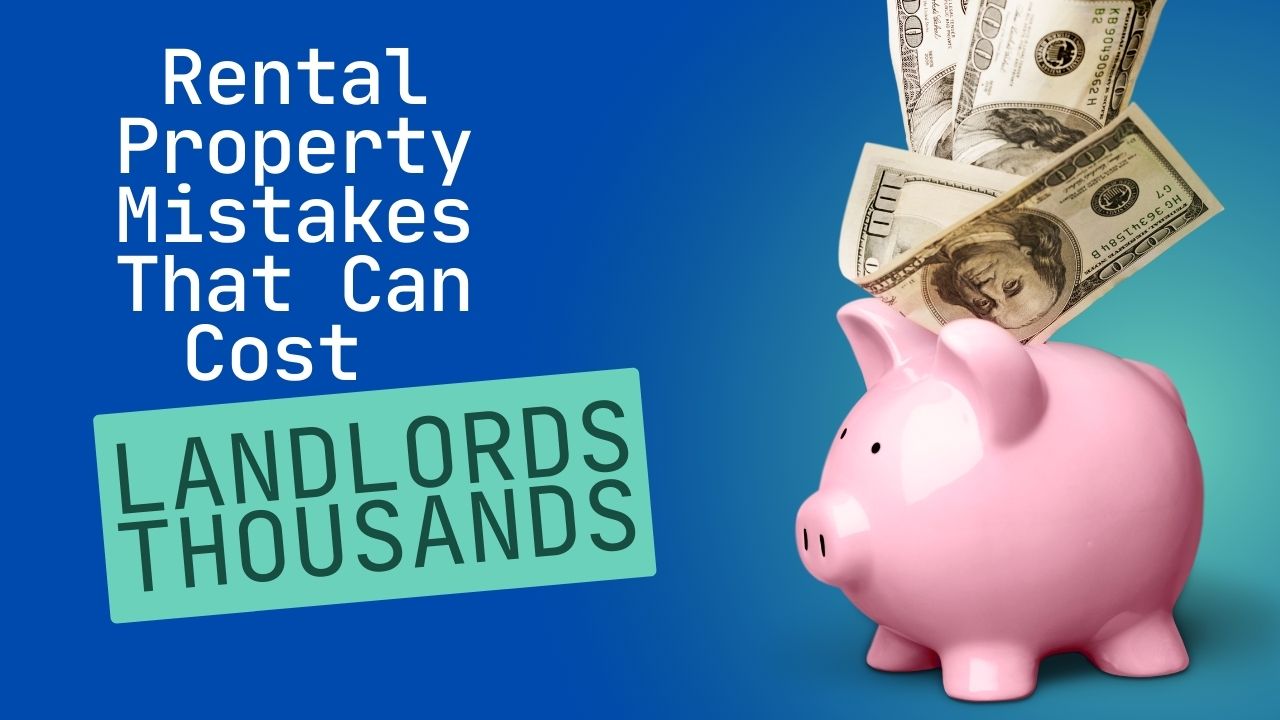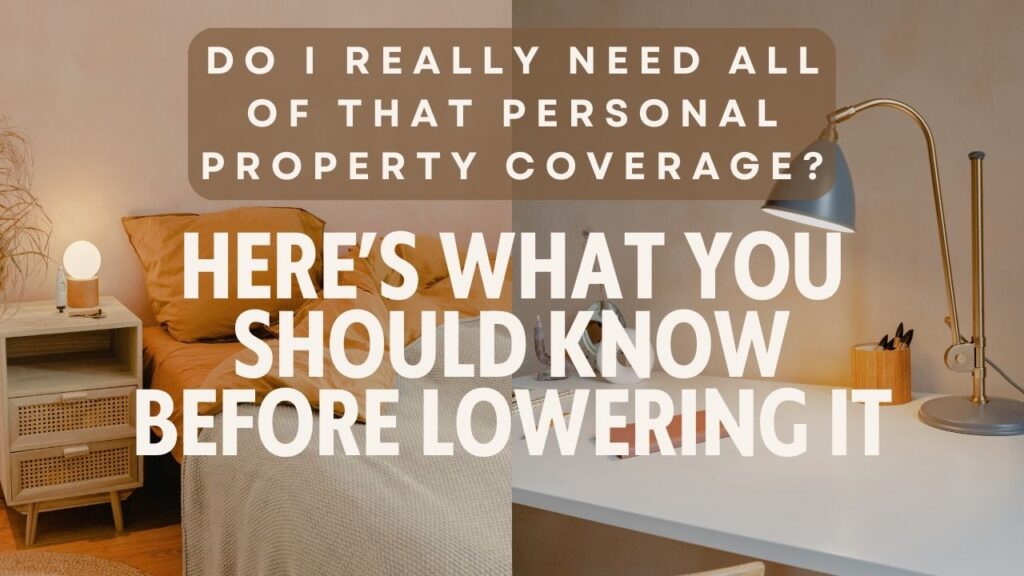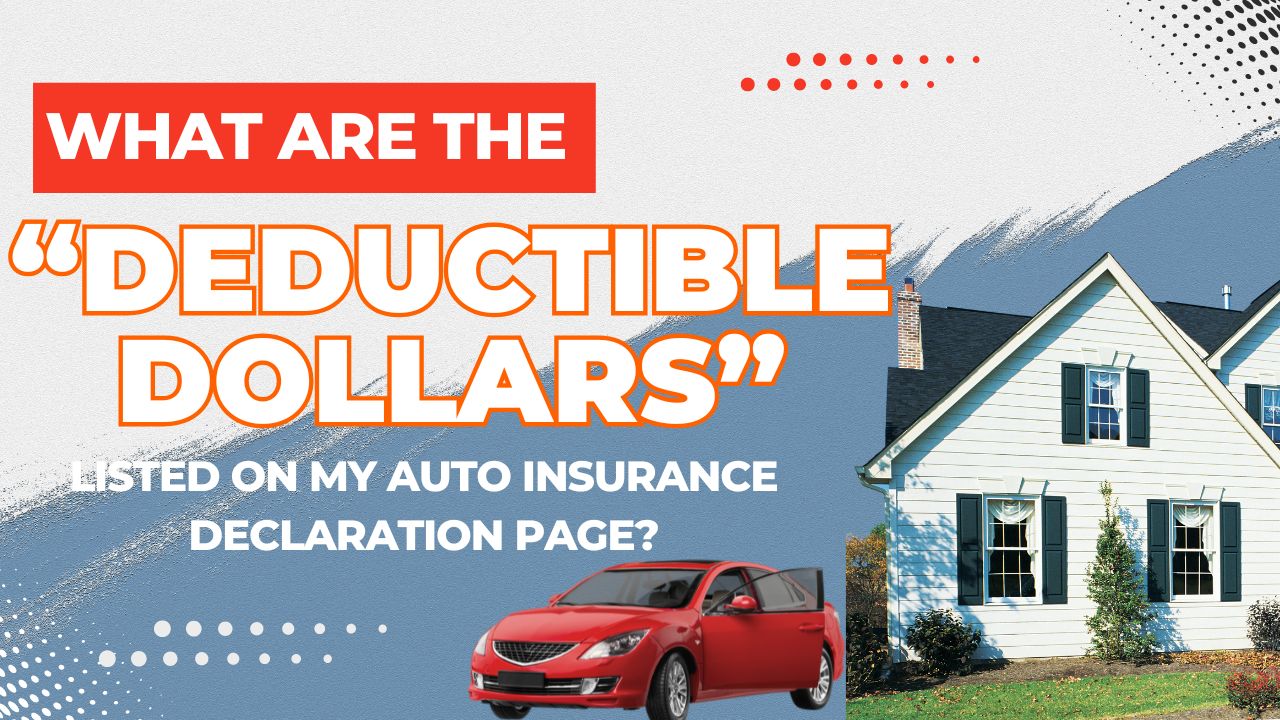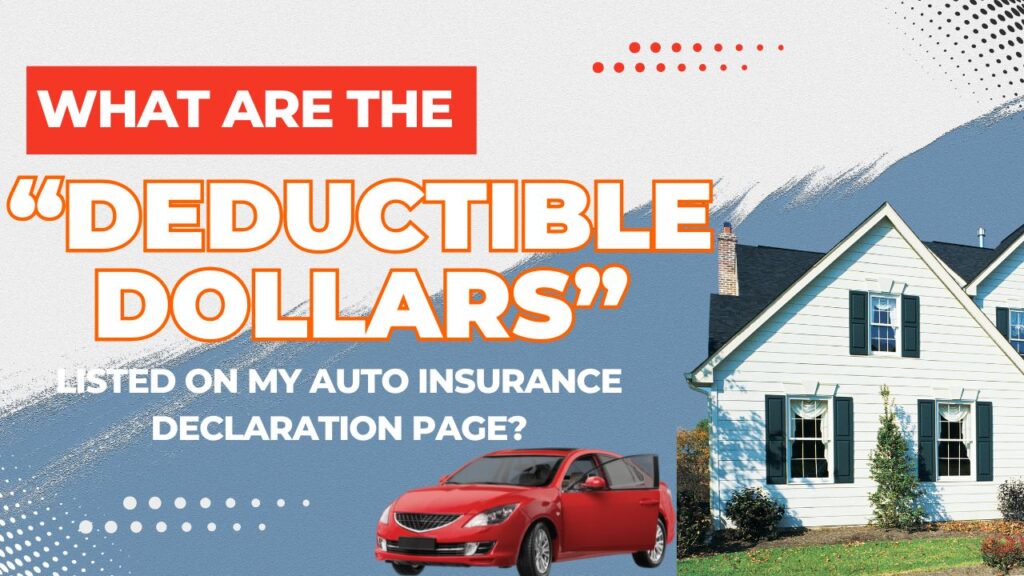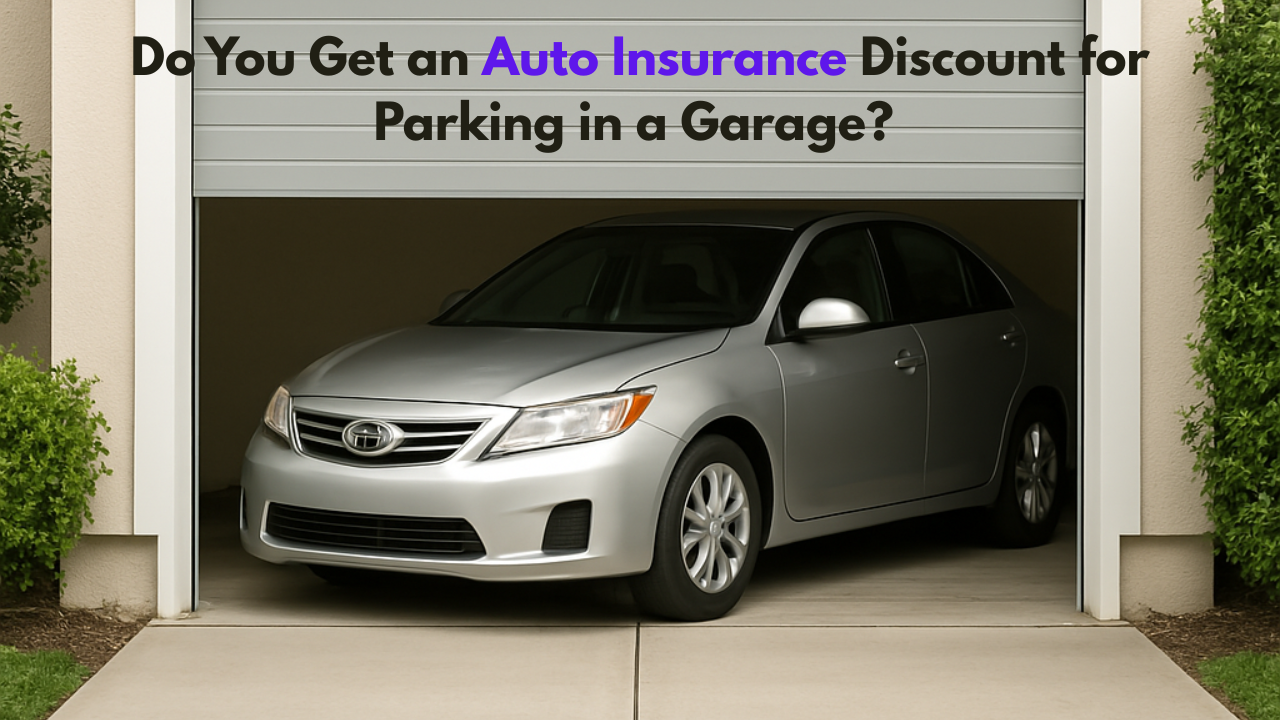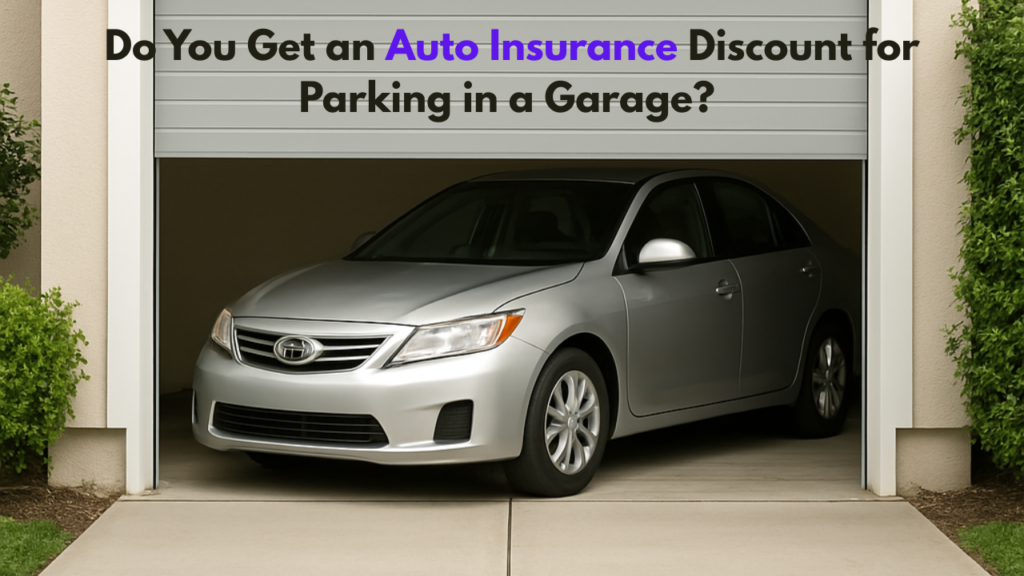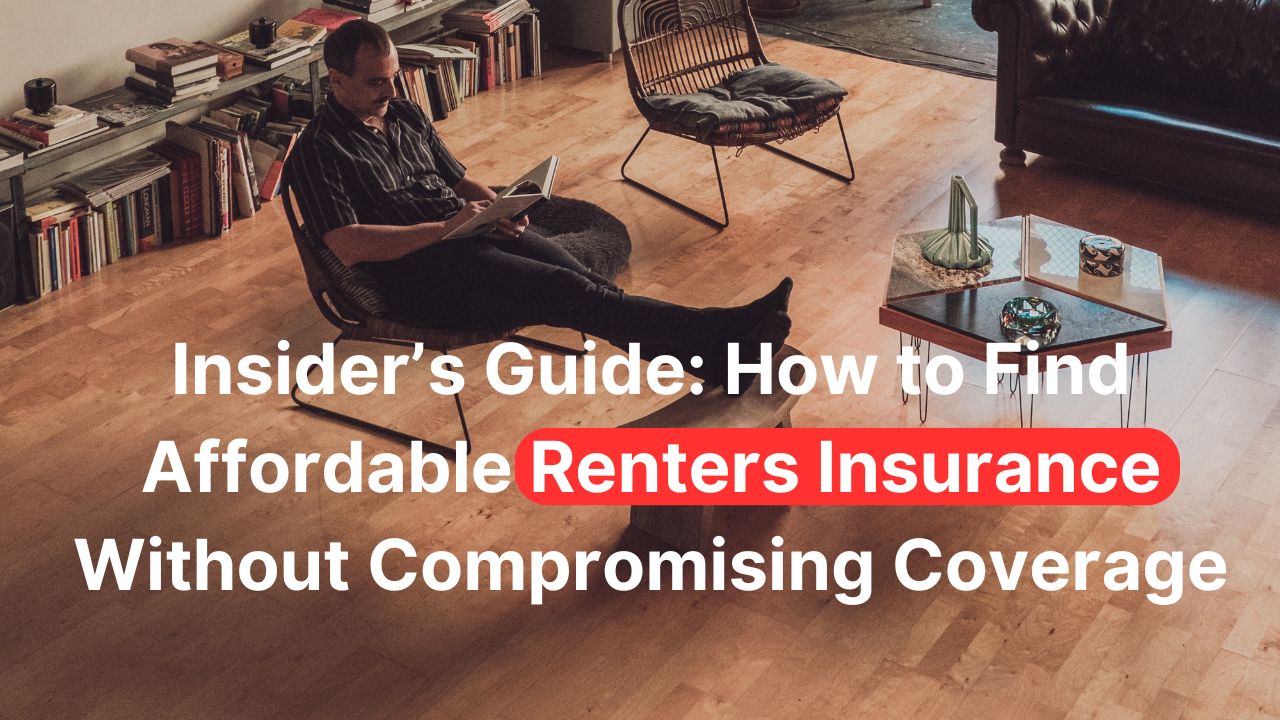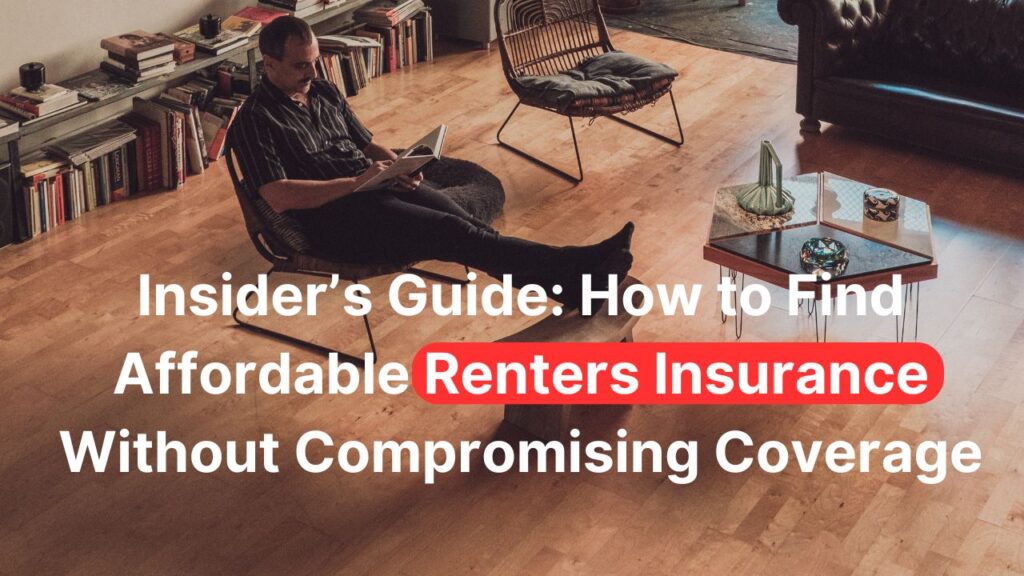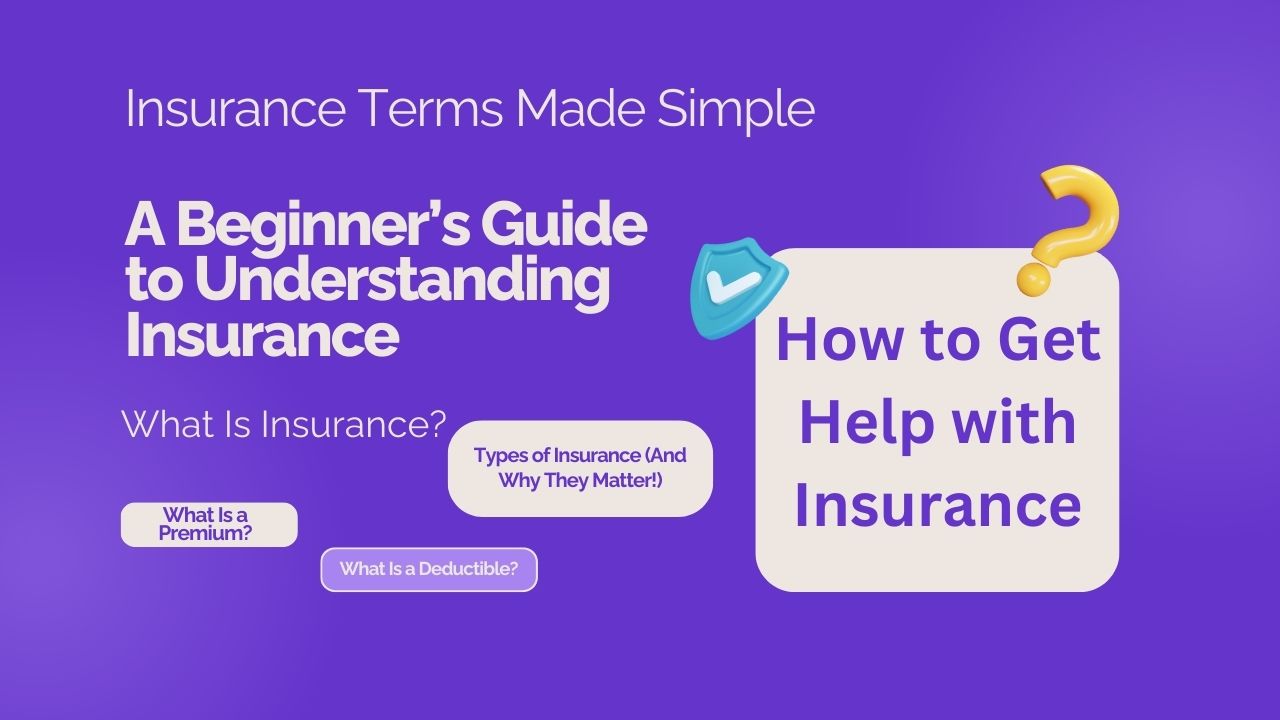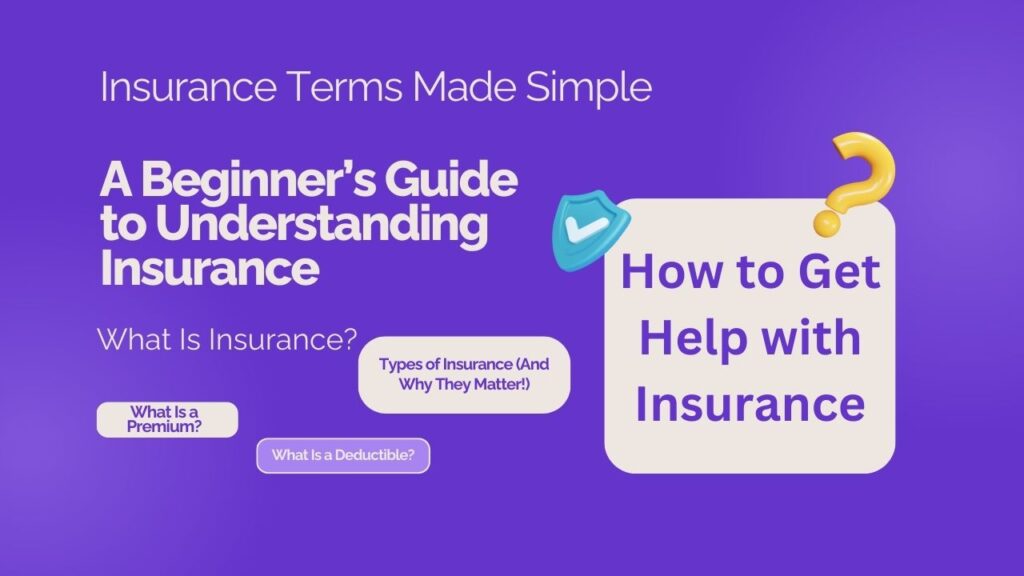5 Rental Property Mistakes That Can Cost Landlords Thousands
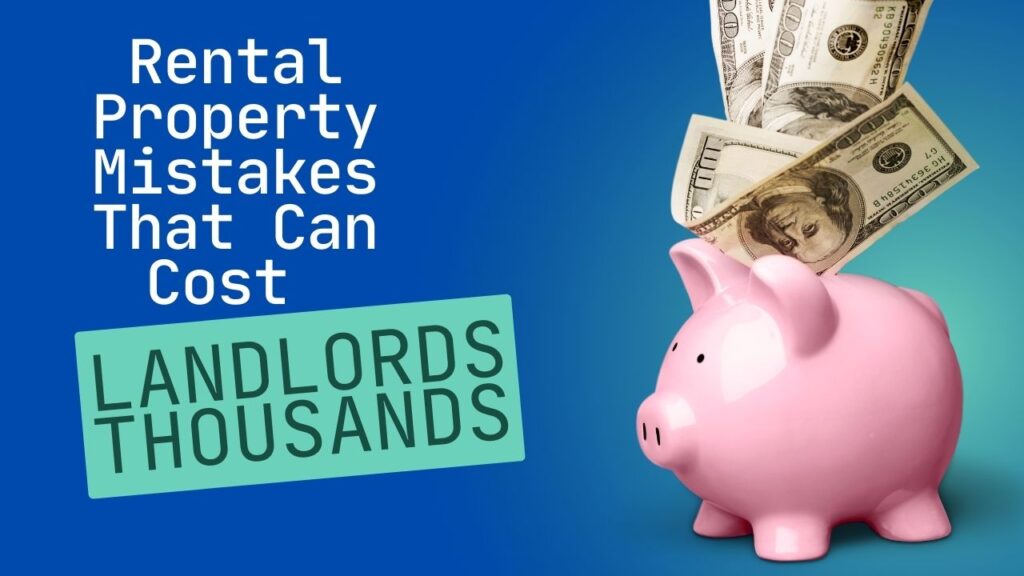
Is owning a rental property as easy and profitable as it sounds?
Or could rushing in without a plan end up costing you far more than you expected?
In this article, you’ll learn the top 5 most costly mistakes landlords make—and how to avoid each one with smarter, proactive steps.
From skipping inspections to using the wrong insurance policy, we’ll cover what not to do and give you actionable advice you can trust—based on years of experience insuring rental properties for everyday landlords like you.
1. Skipping Due Diligence Before Buying
Buying a rental property without fully understanding its condition is the single most expensive mistake new landlords make.
Many rush in, thinking a cheap purchase equals big profits. But the low price often signals serious issues—aging infrastructure, mold, outdated wiring, or uninsurable conditions. You might get stuck with a money pit that no insurer wants to touch.
✅ What to do instead:
- Always hire a trusted third-party home inspector.
- Ensure the roof, plumbing, electrical, and HVAC are up to code.
- Test for mold and document it.
- Understand the cost to bring everything up to livable standards before signing a contract.
If the numbers don’t make sense after your inspection, walk away. It’s better to pass than inherit a liability.
2. Not Having a Written Lease (and Legal Support)
A verbal agreement is not a rental agreement.
You can’t enforce “you break it, you buy it” without a legally binding lease. And you certainly can’t protect yourself in court if your terms aren’t written clearly and professionally.
✅ What to do instead:
- Pay a lawyer to create or review your lease agreement. It’s worth the upfront investment.
- Stick to 12-month leases minimum.
- Make sure the tenant understands the lease—not just signs it.
Clear contracts show you’re serious and help reduce conflict later.
3. Failing to Screen Tenants Properly
Desperate landlords put in the first person with a pulse and a paycheck. That’s risky.
Skipping background checks or credit reports can leave you with unpaid rent, property damage, or worse—legal trouble.
✅ What to do instead:
- Run a credit and criminal background check.
- Be cautious about allowing smoking or pets—these are common sources of damage and liability.
- Require renters insurance (an HO-4 policy) and have tenants provide a copy for your records. This ensures they’re covered for personal property and liability, reducing your risk.
Yes, it takes a few extra days to screen, but it can save you thousands in the long run.
4. Using the Wrong Type of Insurance
Regular homeowners insurance won’t cover rental properties—and that’s a problem you won’t discover until a claim is denied.
You need a specific type of policy designed for non-owner-occupied homes.
✅ What to do instead:
- Get a Dwelling Fire or Landlord policy.
- Notify your insurer if the home will be vacant for 30+ days—coverage can lapse without notice.
- Avoid insuring properties that insurers are hesitant to cover (e.g., neglected, high-risk, or low-income rentals without updates).
- Consider adding a personal liability umbrella policy that extends coverage above and beyond the liability limits of your landlord policy. This added layer of protection can be invaluable if you’re ever involved in a serious liability claim.
The right policy gives you peace of mind. The wrong one can leave you bankrupt.
5. Losing Track of the Property Over Time
Out of sight should never mean out of mind when it comes to your rental.
Some landlords don’t even know the age of the roof or what the house is made of. Others haven’t set foot inside since purchase. That’s a recipe for expensive surprises.
✅ What to do instead:
- Track all updates and repairs in a shared folder or spreadsheet.
- Physically visit or drive by the property every 3–6 months.
- Keep it maintained like it’s your primary residence—it is an investment, after all.
You don’t need to micromanage, but you do need to manage.
Conclusion: Past, Present, and Future
In the past, you may have believed owning a rental property was a passive income dream—until surprise repairs, unreliable tenants, and denied claims turned it into a nightmare. Now, you’re equipped with a clearer picture of what it takes to do it right—because you’ve seen the 5 most common and costly mistakes landlords make.
Your next step? Review your current properties with this list in hand—and fix any gaps before they cost you.
And when it comes to protecting your investment, your best bet is working with a local, independent insurance broker who understands the unique risks landlords face.
At Vargas & Vargas Insurance, our experienced team is always ready to help you find the right coverage for your property and situation.
📞 Call us at 617-298-0655 or 💬 text 617-409-0329—we’re here when you need us.


